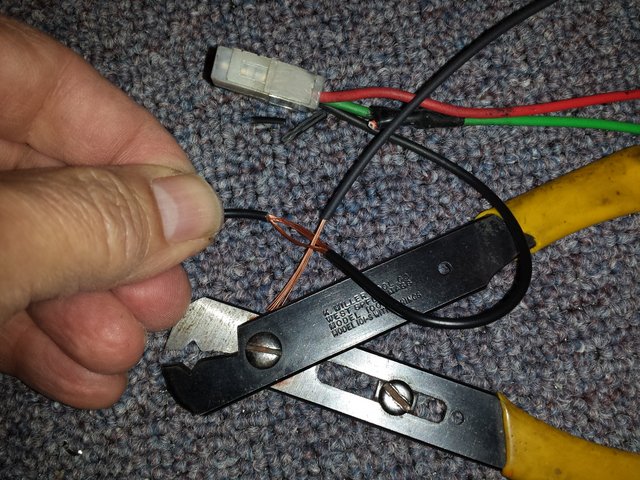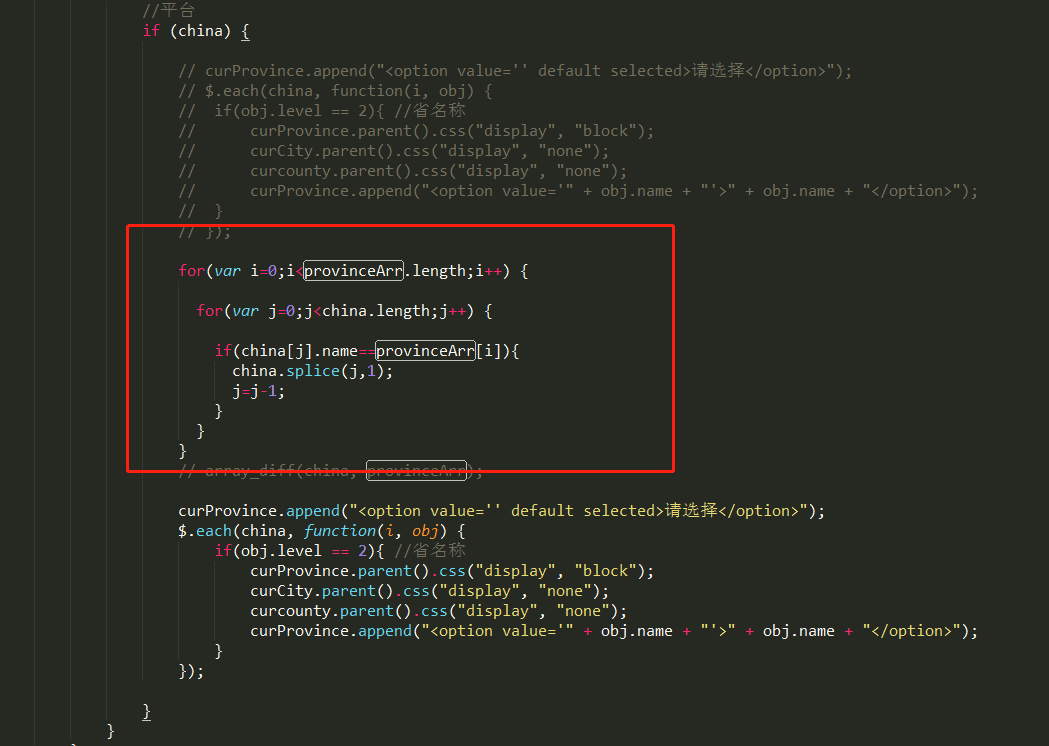
Until then, filter is really clean.Īlso note that this will remove ALL instances of the element two from the array, so make sure you don't have duplicates in your array that might unintentionally get gobbled up by this approach. , elementN) Parameter Details index Index at which to start changing the array. Syntax Its syntax is as follows array.splice (index, howMany, element1. I don't think performance is as good as something like slice + concat, but worry about that if it becomes a problem (it probably won't unless you're dealing with tens-of-thousands of elements in an array). var colors'red','blue' var index1 //insert 'white' at index 1 colors.splice(index, 0, 'white') //colors 'red', 'white', 'blue' View another examples Add Own solution Log in, to leave a comment 4. Javascript array splice () method changes the content of an array, adding new elements while removing old elements. What is Array splice () in JavaScript The splice in JavaScript is used to modify the contents of the array. It works by removing the existing elements and adding new ones, which might change the arrays length. You'd want to do this so you have a non-mutated array. Overview The splice () method of the Array class in JavaScript modifies the original array by changing its content. When the operation completes, the elements f and g have been. The first parameter specifies the initial array to be modified, and the second parameter defines. In the following example the first splice indicates to begin the operation at index 5 and length 2. If you don't specify any elements, splice() will only remove elements from. Inserts a value or an array of values into an existing array.

Math.


splice() actually removes elements from the source array, the remaining elements in the array will be the elements for the right half. Optional The elements to add to the array, beginning at the start index. You can simply refer to the arrays length: var leftSide arrayName.splice(0, Math.floor(arrayName.length / 2)) Since. `item != 'two'` returns true for everything except 'two'Ĭonst oneThree = oneTwoThree.filter(item => item != 'two')Ĭonsole.log(oneTwoThree) // - the original, unscathed, arrayĬonsole.log(oneThree) // - a copy of the original, sans the value you wanted to remove If deleteCount is omitted, or if its value is larger than array.length - start, then all of the elements beginning with start index on through the end of the array will be deleted.

If nothing was removed from the array, then the return value will just be an empty array.
Js splice return value how to#
Whatever returns true here is copied to a new array (the `oneThree` variable). The splice () method is used to add or remove elements of an existing array and the return value will be the removed items from the array. In this example, we will demonstrate how to replace the value of an array. `filter()` (like most array functions) iterates over every item in the array. The array returned by slice() returns a shallow copy, meaning that any references within the original array will just be copied over as-is, and won't allocate memory for completely new objects.Const oneTwoThree = // original array


 0 kommentar(er)
0 kommentar(er)
